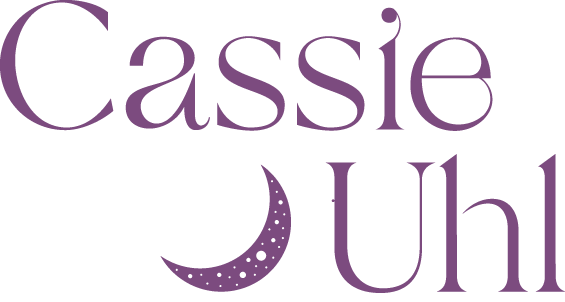- Astrology
- Auras
- Beltane
- Breathwork
- Candle magick
- Card spreads
- Cassie Uhl
- Chakras
- Cleansing
- Crystals
- Dark moon
- Death Care
- Divination
- DIY
- Dreams
- Elements
- Empath
- Energy work
- Free download
- Full moon
- Goddess
- Grief
- Handmade
- Herbs
- How-to
- Imbolc
- Intuition
- Journaling
- Letting go
- Litha
- Lughnasadh
- Mabon
- Magic
- Mantras
- Meditation
- Moon phases
- Mudras
- New moon
- Numerology
- Oracle
- Ostara
- Palmistry
- Plant Allies
- ritual
- Rituals
- Runes
- Sacred geometry
- Samhain
- Seasonal magick
- Shadow work
- Spellwork
- Symbolism
- Tarot
- The Ritual Deck
- Waning moon
- Waxing moon
- Wellness
- Wheel of the Year
- Winter Solstice
- Witchcraft
- Yoga
- Yule
- Zodiac
- air
- apple magic
- apples
- aquarius
- aquarius card spread
- aquarius ritual
- aquarius season
- aries
- astrology
- aura protection
- auras
- autumn equinox
- beltane
- cancer
- cancer season
- candle dressing
- candle magic
- candle magick
- capricorn
- card spread
- cast a circle
- casting circles
- cauldron
- Ceres
- chakra energy
- chakras
- channeling
- charging
- cleansing
- correspondences
- creosote
- Creosote
- crone
- crystal healing
- crystals
- death doula
- death positivity
- death work
- Demeter
- divination
- diy
- dream ritual
- dream rituals
- dream work
- dreams
- dreamwork
- eam
- earth
- eggs
- elements
- emotion code
- empath
- energy
- energy cleansing
- energy protection
- energy work
- fall equinox
- feeling auras
- fire
- four elements
- free meditation
- full moon
- full moon energy
- full moon in gemini
- full moon in pisces ritual
- full moon in scorpio eclipse
- full moon ritual
- gemini
- gemini card spread
- gemini season
- goddess
- grandmothers
- gratitude
- Great mother
- grief
- grief tending
- harvest season
- heart chakra
- herbal magic
- herbal magick
- herbal magick 101
- herbs
- high priestess
- house cleansing
- imbolc
- improving intuition
- infertility
- infertility awareness
- intuition
- intuitive healing
- jen isabel friend
- kunzite
- lammas
- learning tarot
- leo
- leo season
- letting go
- libra
- libra season
- lughnasadh
- Lulu Tineo
- mabon
- manifesting
- meditation
- moon phases
- mother meditation
- mother's day
- new moon
- new moon card spread
- new moon in capricorn
- new moon in leo
- new moon in libra
- new moon meditation
- new moon ritual
- north
- nurturing mother
- oracle
- oracle card spread
- ostara
- pendulum
- pendulums
- Persephone
- pineal gland
- pisces
- pisces full moon ritual
- plant connection meditation
- Plant magic
- popular
- protection magic
- protection magick
- reiki
- releasing
- residual energy
- resiliency
- ritual
- samhain
- scorpio
- scorpio season
- scrying
- seasonal magic
- seeing auras
- shadow work
- shamanic healing
- sigil
- smoke wands
- spell bottle
- spellwork
- Spirits
- spiritual
- spring equinox
- tarot
- tarot myths
- taurus
- taurus season
- the four elements
- third eye
- triple goddess
- understanding the earth element
- virgo
- waning moon
- water
- water is life
- waxing moon
- what are death doulas
- wheel of the year
- winter
- winter solstice
- witch bells
- working with auras
- Yolia Botanica
- yule
- zodiac
Dreamwork 101 // What is Dreamwork and How to Get Started in 5 Steps
Dreamwork is the practice of tending to our relationship with our dreams. We’re dreaming every night, but many of us barely remember our dreams, or if we do, don’t spend much time thinking about them or working with them.(How often have you dismissed a dream as, “oh, it was just a dream?”)
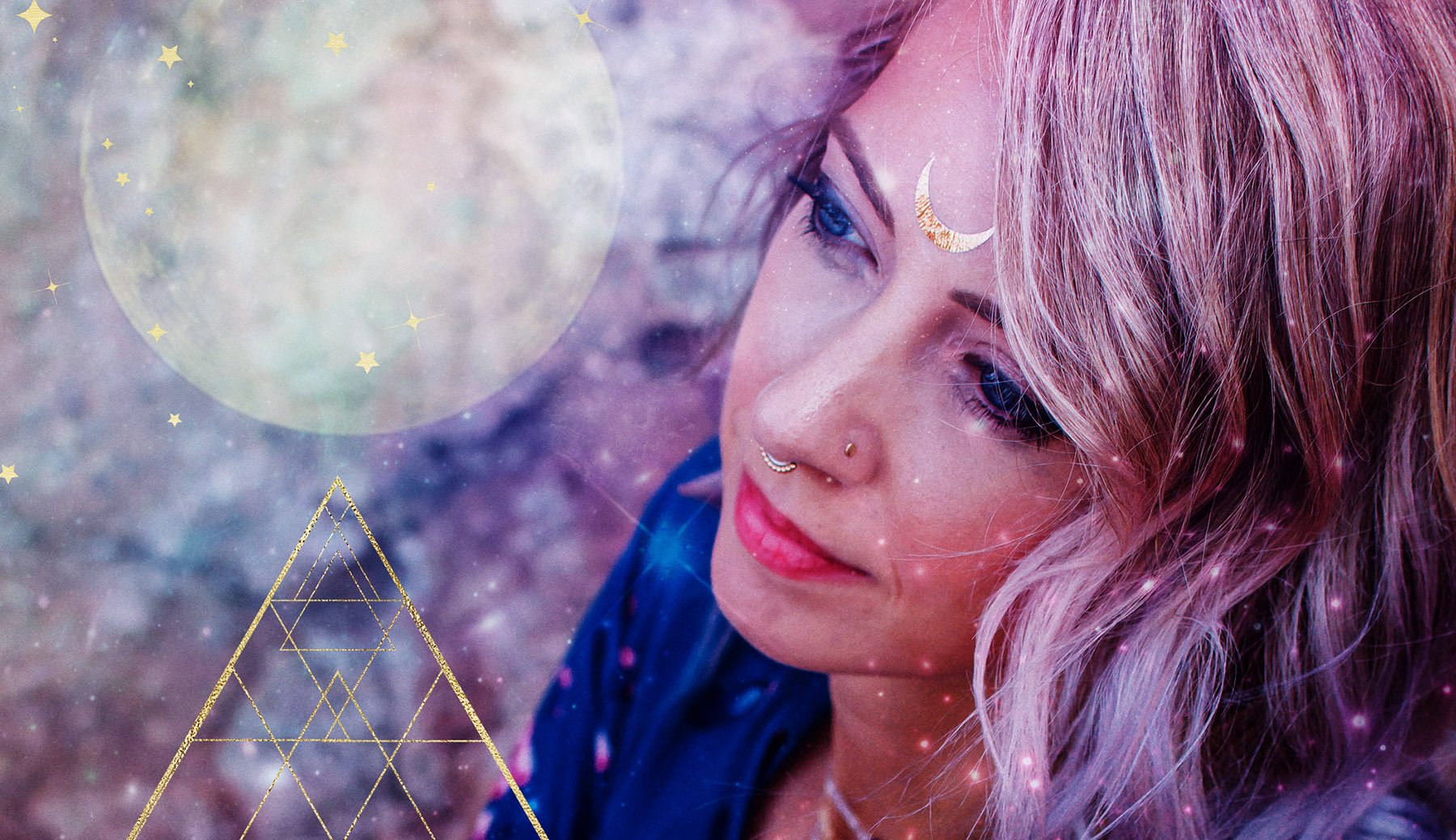
Dreamwork is the practice of tending to our relationship with our dreams. We’re dreaming every night, but many of us barely remember our dreams, or if we do, don’t spend much time thinking about them or working with them.
(How often have you dismissed a dream as, “oh, it was just a dream?”)
But dreams can have a lot to teach us and offer us when we enter into a deeper relationship with them. The dreamworld is rich with feelings, desires, needs, and possibilities. Our understanding of what the dreamworld evokes and presents can support our physical lives and our connections to ourselves.
In this blog post, I’ll share a bit about how to start a dreamwork practice of your own.
Dreamwork Lineage
First, I’d like to share my dreamwork lineage. What I know about dreamwork comes from the work of these folks in particular, as well as my own intuition and my ancestors:
These are wonderful people to go deeper into dreamwork with if you feel so called.
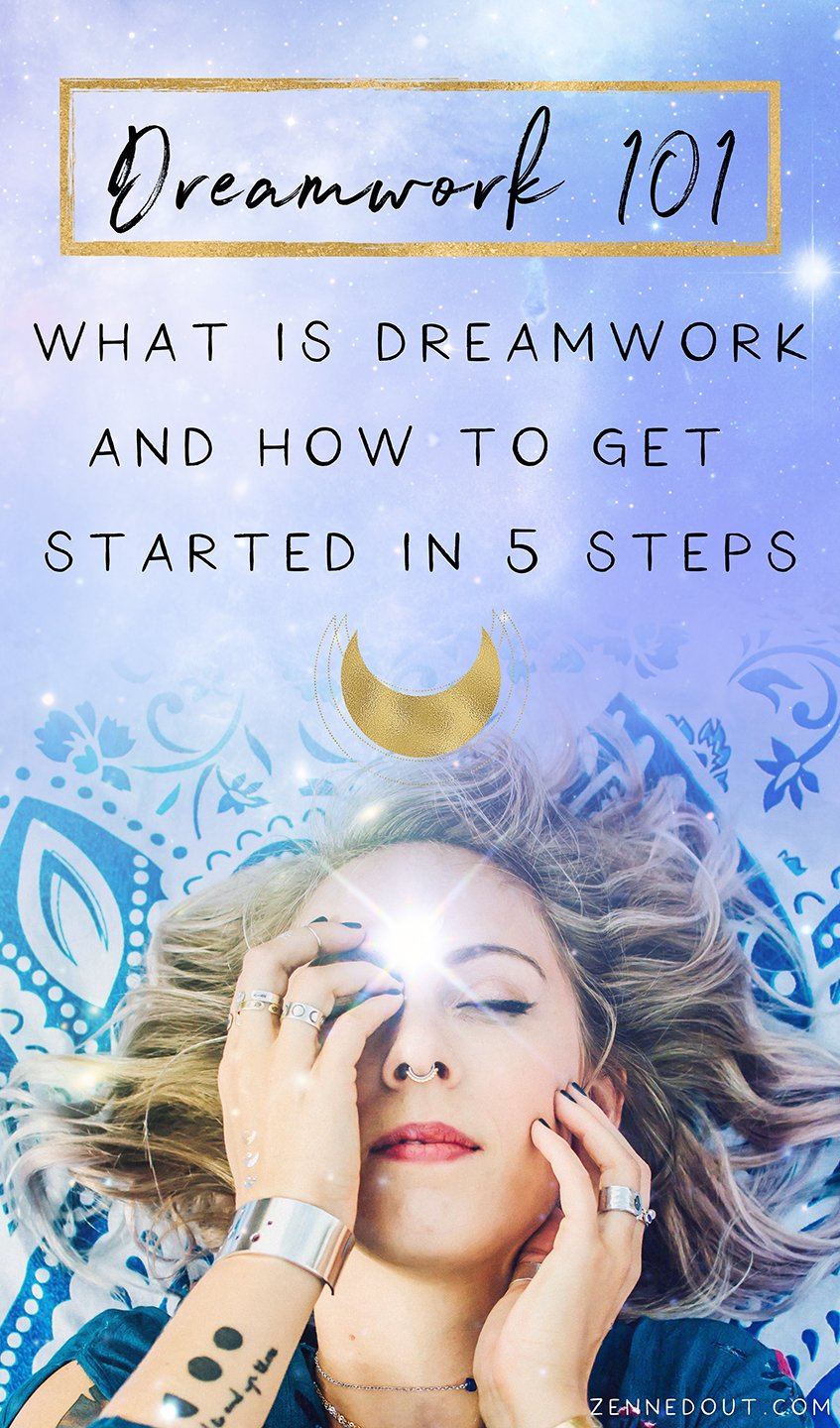
1. Support Dream Recall + Sleep
The simplest of ways to begin supporting your dreaming is by supporting sleep and dream recall. It’s difficult to consciously work with our dreams if we’re not sleeping well or can’t remember our dreams when we wake up. Everyone is different, but here are some things you might like to explore to support your sleep:
Set screen time boundaries for a certain amount of time before bed
Drink a tea to support your sleep, like chamomile (always do your own research and check with a professional before ingesting herbs)
Create your own sleep ritual that helps you shift into rest mode
Meditate and/or do a gentle, restorative yoga practice
Take a few minutes to journal brain-dump style to help clear your mind.
To support your dream recall, there are a few things I find helpful:
Set an intention to dream and to remember your dream(s) before you go to sleep (you can write this down, say it out loud, or just tell it to yourself silently)
Take a few minutes in bed in the morning before you get out of bed (or look at your phone) to give yourself space to remember your dream.
Create a dream altar and meditate at it before bed to welcome your dreams to come
Pay attention to the dreams you do receive by tending them (more on that below!)

2. Start a Dream Journal
This is probably the number one tip anyone you ask about dreamwork will give you, and with good reason! A dream journal creates a container for tending your dreams, helps solidify your intention to connect with your dreams, and helps you understand your dreams.
I recommend choosing a dedicated journal for your dreamwork and placing it on your dream altar when you’re not using it if you have one. As soon as you wake up (definitely before you look at any devices), put pen to paper and record your dream. Try recording your dreams in the present tense to honor its aliveness (for example, instead of "I was walking by a river,” try “I’m walking by a river).
If it feels available to you, you might like to marinate in the dream in bed for a few minutes before actually getting up and reaching for your journal to record.
3. Explore Dream Feelings & Textures
After you record your dream, there are many ways to work with it more deeply and explore the messages it might have for you.
I like to explore the dream textures: what are the textures, sights, smells, tastes, sounds of the dream? What do those senses mean for you and evoke for you? How do they make you feel? How does the dream, in general, make you feel?
4. Understand Dream Associations
As you work with the dream you’ve recorded, notice what stands out to you. Maybe your red dress feels particularly alive, or the hawk sparks something for you, or you feel curious about a figure in your dream.
Whatever you feel curious about, do a bit of freewriting about it. List out: what does this thing make you think of? How does it make you feel?
For example, some associations that come up with hawks for me:
Hawk feather
Maggie Smith’s poetry book Good Bones
Mothers
Protecting your children
Imagination
Play
Notice how I’m not so focused on the hawk itself, but I follow the threads of what each thing is associated with! Now I have something interesting to work with and can ask myself questions like, "what’s my relationship with play right now?"
Some of the associations you make might really surprise you and can offer deeper insight into your dream.
5. Assign Dream Correspondences
As you continue to work with your dreams, you start to develop some personal symbols and correspondences.
Like you saw above in my example with the hawk, I could make a section in my journal where I note that hawk led me to mothers and children and play. When I see a hawk again in my dream, I have that reference and can ask myself if/how it applies to this dream.
Over time, you can deepen your understanding of your own personal dream symbols and correspondences. I love this practice so much because, to me, it’s not about what a certain symbol means but about what it means to you, how it feels in your body, how it resonates with your ancestry. That’s what feels potent and powerful!
Dreams Aren’t Your Personal Vending Machine
It feels important to state that working with dreams isn’t just asking a question and receiving an answer. Generally, it’s not a simple or linear way of working. There isn’t one true or hidden meaning that we need to uncover.
In my eyes, dreams and the dreamworld are alive. So it truly is a practice of engaging in relationship with, of exploring. You might like to ask yourself, "how can I be in equal exchange with my dreams?" How can I honor the dream world and not just extract from it?
Dreams have such potential to expand us out of binary thinking and into visionary possibilities, especially if we acknowledge that power and allow them to take us there!
Going Deeper with Your Dreams
Another way to explore dream tending and go a bit deeper is by asking for a dream. I share how to do this in the dreamwork ritual I shared for Pisces season, which you can find here.
Feel free to contact us and share: how is your dream practice going? How is your relationship with your dreams evolving?
Dreamwork Ritual for Pisces Season + Card Spread
Pisces, our mutable water sign and last sign of the zodiac, evokes the artist, the mystic, the dreamer, in all of us with its connection to music, poetry, spirituality, and the dream world.In this blog post, I’ll be sharing a card spread and a ritual for Pisces season.
The Divine Feminine & Cauldrons // 5 Uses & Meanings
What do you think of when you imagine a cauldron? Witches, Halloween, and deathly potions perhaps? Along with witches, cauldrons have been given a bad rap, but their mystical meanings and uses go way back and might have a more spiritual meaning than you originally thought!If you’re always on the hunt for meaningful additions to your altar, search no more, the cauldron is a staple and I’m going to share 5 reasons why. First I want to share some history behind its use so you have a complete understanding of what it represents.

What do you think of when you imagine a cauldron? Witches, Halloween, and deathly potions perhaps? Along with witches, cauldrons have been given a bad rap, but their mystical meanings and uses go way back and might have a more spiritual meaning than you originally thought!
If you’re always on the hunt for meaningful additions to your altar, search no more, the cauldron is a staple and I’m going to share 5 reasons why. First I want to share some history behind its use so you have a complete understanding of what it represents.

History of Cauldrons
Cauldrons of varying types can be traced back to a variety of cultures. In fact, one found in Denmark has been traced back to between 200 BC and 300 AD. So basically, they’ve been around for a long ass time.
No surprise, cauldrons started out as a cooking tool. Warm soups and stews were concocted in them to give nourishment to families. They were the heart of the home and life-giving in cold seasons. As cauldrons became more commonplace and important to families, mothers and grandmothers started using them for healing herbal blends and eventually potions.
Cauldrons & The Divine Feminine
After being used for centuries as a cooking and healing tool, cauldrons started to take on more sacred and magical meanings. The cauldron began to represent the Goddess, the Sacred Divine, and a vessel for transformation, healing, and abundance.
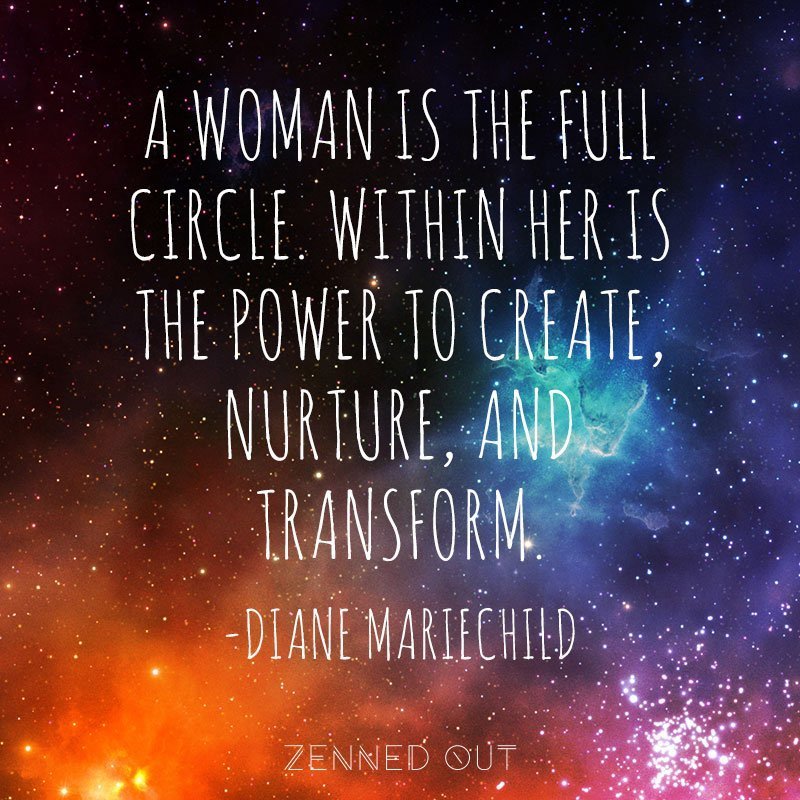
The timing of when cauldrons started to be viewed as magical tools is unknown but the reasons why are obvious. The cauldron symbolizes life and abundance through nourishment, transformation by turning herbs into healing concoctions, and the shape of the cauldron itself mimics that of an expectant mother. These reasons combined make the cauldron one of the most sacred tools you can add to your arsenal.
What Kind of Cauldron Should You Get?
Before you jump into the meanings and uses of a cauldron, let’s cover what kinds of cauldrons are best to purchase because there’s no shortage of options.
Hands down, the best cauldron to purchase (if you plan on using it for anything other than sitting on a shelf) is a cast-iron cauldron. Pass by anything that says it’s made out of anything other than cast iron or is plated because it won’t last. You can also purchase earth and wear pottery cauldrons that will work well too. If you go with a ceramic cauldron, ensure that it’s food safe before using it for anything you’ll be ingesting.
5 Cauldron Uses & Meanings
At a loss for what to use your life-giving, transformative, and holy cauldron for? Here are 5 ways to put your cauldron to work:
Looking for a way to represent the four elements on your altar? The cauldron has you covered. Placing a cauldron on your altar is an easy way to represent all four elements with one item.
Represent the Four Elements on Your Altar
Earth: The iron the cauldron is made out of represents earth
Water: The water used while cooking in a cauldron represents the water
Fire: A cauldron would traditionally be heated from a fire underneath it which represents fire
Air: The air around and blow on the soup or potion inside represents the air
The elements are purely symbolic for this use, no need to always have a fire burning underneath your cauldron! You can read more about the four elements here.
Incense, Herbs & Burning Rituals
There are several rituals that call for fire and burning. Whether it’s incense, candles, or burning a piece of paper, a cauldron will not only serve as a sacred tool but will also give you a safe tool for ritual fires. Here are a few ways to use your cauldron for any fire-related rituals.
A safe and meaningful receptacle to burn incense, herbs, or a candle for rituals.
Write a letter to your ancestors or lost loved ones and burn it in the altar for them to receive it.
During the waning moon, write down a habit you’re trying to break or something you’re trying to release on a small piece of paper, then burn it in your cauldron.
Create a small fire in your cauldron to represent light or a God or Goddess of light for a ritual.
Transform with the Triple Goddess Cerridwen
Cerridwen is the Welsh Goddess that represents the triple Goddess or the mother, maiden, and crone. She reminds us that life is all about transitions and transformations. Cerridwen is often shown with a cauldron because she brews a magical potion that grants knowledge and inspiration using a cauldron.
Anytime you’re going through a difficult transition place a cauldron on your altar or in your sacred space as a reminder of Cerridwen. As you navigate through your transition take a few minutes daily in front of your cauldron to imagine Cerridwen taking your fears about your transition, putting them in her cauldron, and taking them out transformed into what you need most.
This excerpt from writer Judith Shaw outlines perfectly the magic Cerridwen wants to bring into your life: "When Cerridwen calls your name, know that the need for change is upon you; transformation is at hand. It is time to examine what circumstances in your life no longer serve you. Something must die so that something new and better can be born. Forging these fires of transformation will bring true inspiration into your life."

Divination
Cauldrons can also be used for a variety of divination purposes. The most common being scrying. To use your cauldron for scrying fill your cauldron with water, wait for the surface to become very still, and begin looking for symbolism. To learn more about scrying you can read this post all about scrying, it’s based on using a crystal ball but the techniques are the same as those used for water scrying.
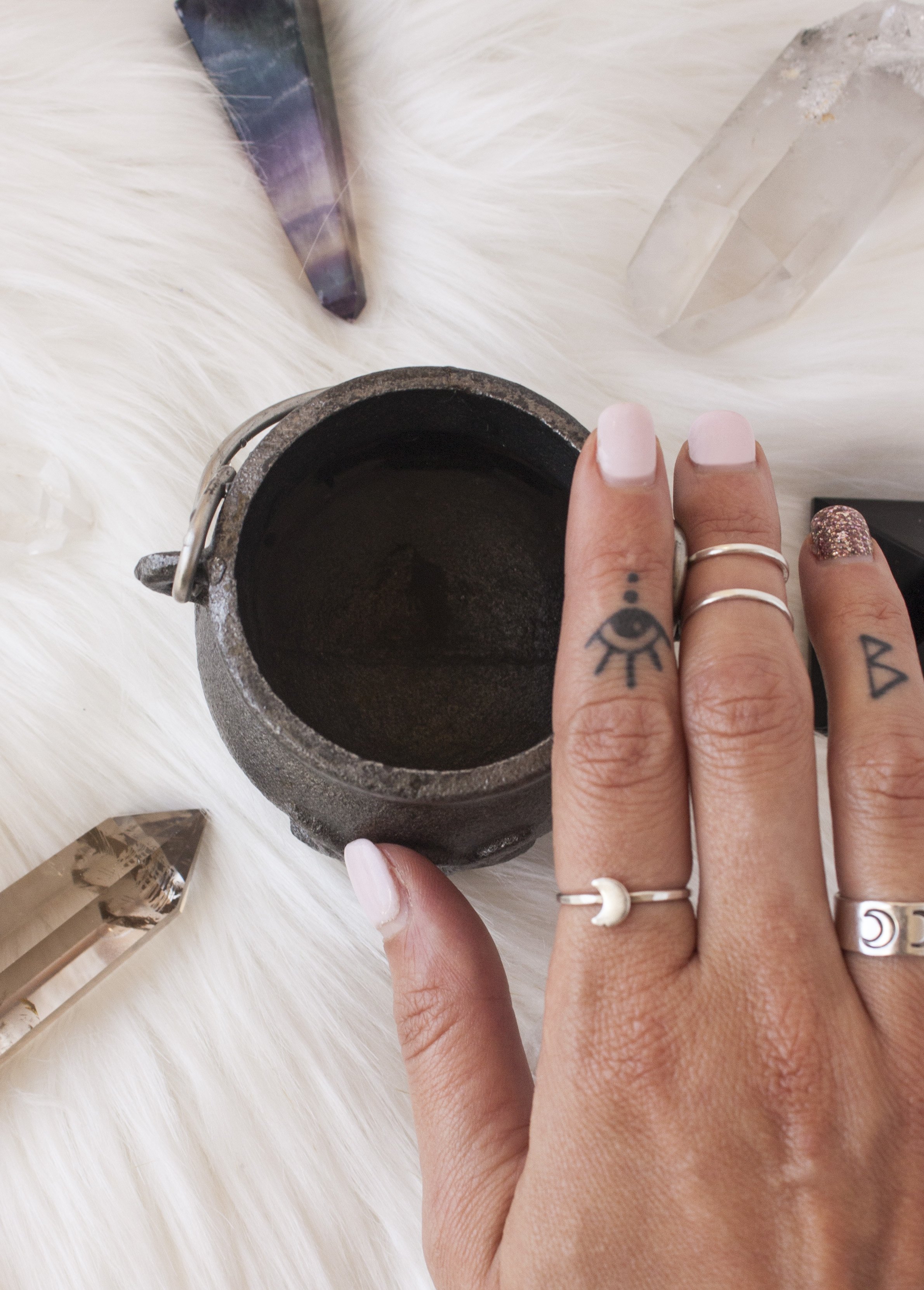
Abundance Ritual
Because cauldrons have been used as life-giving and nourishing tools, they represent abundance and can be incorporated into any abundance rituals you do. The cauldron can represent abundance of all kinds: money, happiness, friends, etc.
If you’re trying to bring more abundance into your life, place your cauldron somewhere you’ll see it regularly. Let its presence serve as a reminder of your goal to bring more abundance into your life. You can incorporate stones, candle colors, or herbs by placing them in or around your cauldron to strengthen your desire for abundance.
Cauldrons are sacred tools that are often overlooked, but I hope the next time you see a kitschy cauldron decoration for Halloween you’ll smile because you have a greater appreciation for it.
